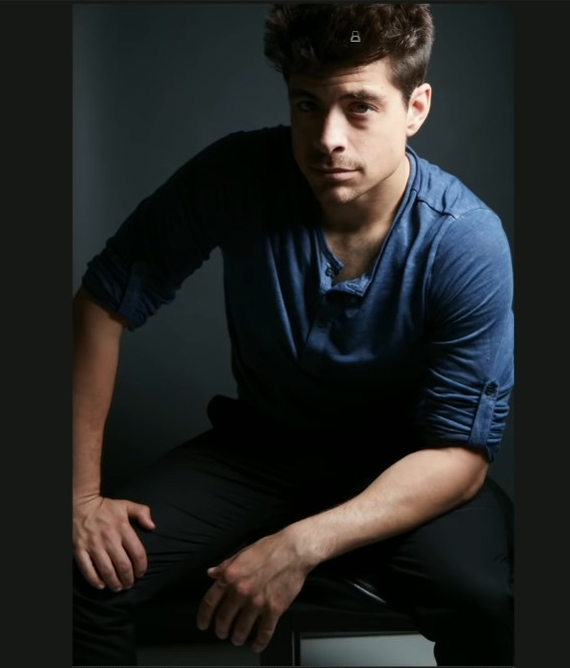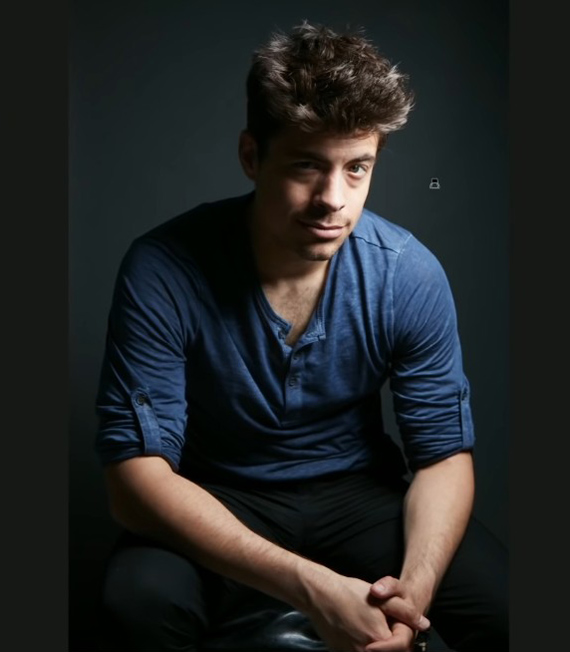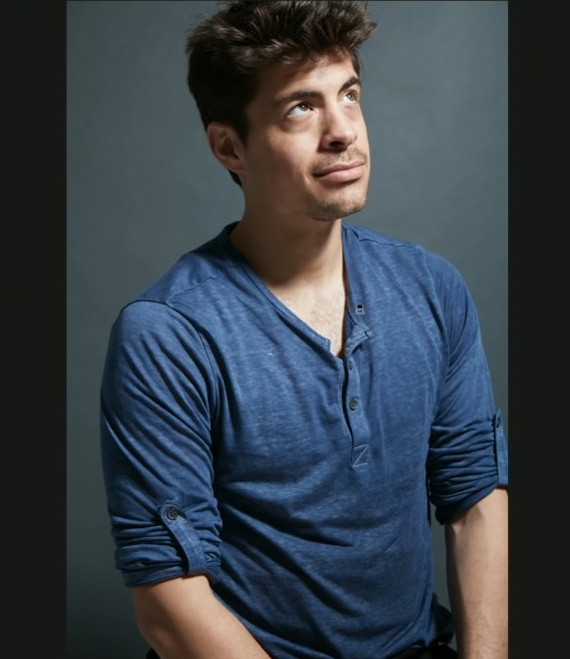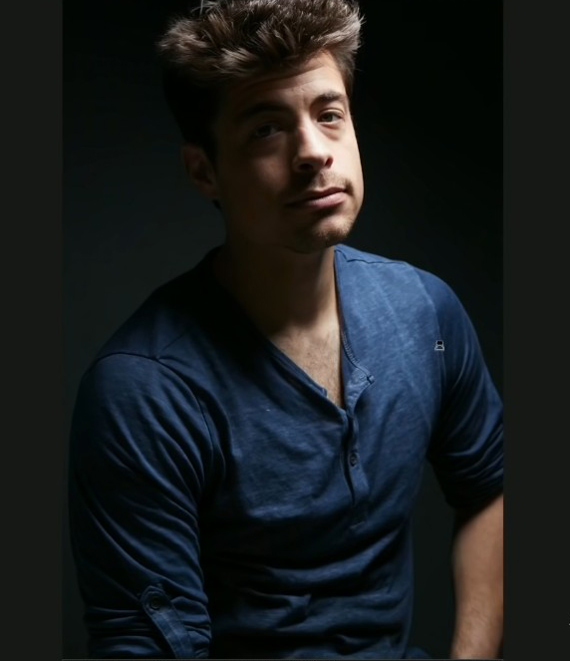We generally use softboxes to create soft light that beautifully wraps the subject. But, having the word soft in its name doesn’t necessarily mean that it always produces soft light. Photographer Daniel Norton from Adorama talks more about this concept and shares how you can create hard light using softbox:
Generally, a softbox produces soft light if it’s larger than the subject or the area of the subject that you’re photographing. For instance, if you place a small softbox close to a subject’s head, it will produce soft light. But, as you increase the distance, the small softbox will start behaving as a hard light source. This is the exact concept that Norton uses to produce hard light using a softbox.
Setting Up the Lighting and Exposure
For demonstration purposes, Norton uses a small 1×1.3 softbox on his Profoto light. He then sets up the lighting for a single light portrait by placing the light to the side of the subject and coming in from over from the subject’s head.
Before setting up the exposure, Norton ensures that no ambient light is affecting his image. He does this by setting up his camera to shoot at f/8, 1/250 second, and ISO 100. He takes a shot with the flash turned off to ensure that no light is creeping in. Once happy with the base exposure, he then turns the flash to TTL mode first and checks the exposure. To make any changes to the flash power, he switches it to manual mode and makes the necessary changes.

When the light source is close to the subject, the lighting in the image appears very moody with lots of shadows. If the subject turns too much, you run the risk of losing details in the shadows. So, be sure to communicate with the subject about the way they look and turn. You can also ask them to turn toward the light.

Next, Norton moves the light farther away from the subject, which makes the light harder. And to add further punch to the image, he raises the height of the light as well. As you can see, the lighting appears pretty hard with deep shadows and strong highlights—almost grungy.

Finally, Norton shifts the light closer to the subject and places it higher above the subject. With the light placed over the subject, you have to ensure that the chin faces outward slightly. This is to make sure that the shadows under the eyes, nose, lips, and chin don’t appear too harsh.

“We can see here the light’s a bit softer but still kind of punchy at heart.”
From what Norton demonstrates, we can conclude that a softbox helps in diffusing and shaping light. The matter of whether it gives soft light or not totally depends on its relative size to the subject.
- - - - - - - - - - - - - - - - - - - - - - - - - - - - - - - - - - - - - - - - - - - - - - - - - - - - - - - - - - - - - - - - - - - - - - - - - -
Did you appreciate this newsletter? Please help us keep it going by Joining Our Patreon Supporters
What are your thoughts on this article? Join the discussion on our Facebook Page
PictureCorrect subscribers can also learn more today with our #1 bestseller: The Photography Tutorial eBook
- - - - - - - - - - - - - - - - - - - - - - - - - - - - - - - - - - - - - - - - - - - - - - - - - - - - - - - - - - - - - - - - - - - - - - - - - -
The post How to Create Hard Light With a Softbox appeared first on PictureCorrect.
from PictureCorrect https://ift.tt/qG3JiZh
via IFTTT






0 kommenttia:
Lähetä kommentti